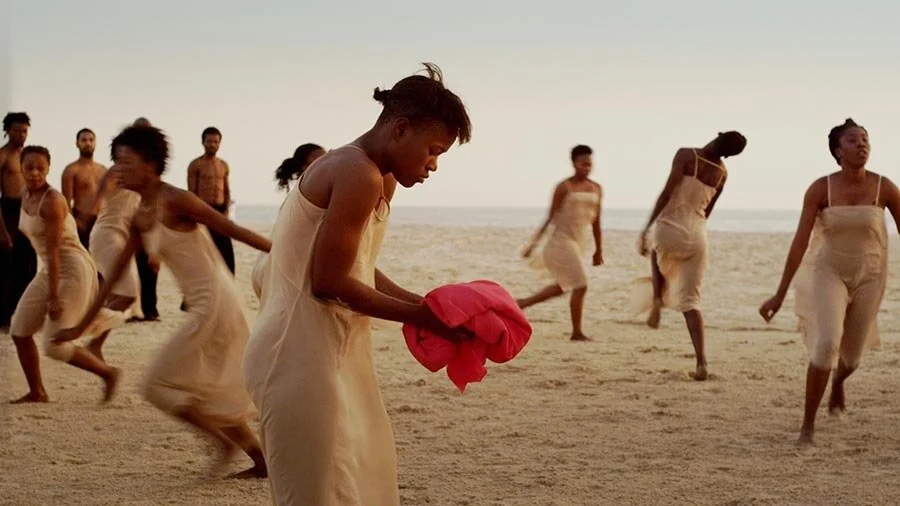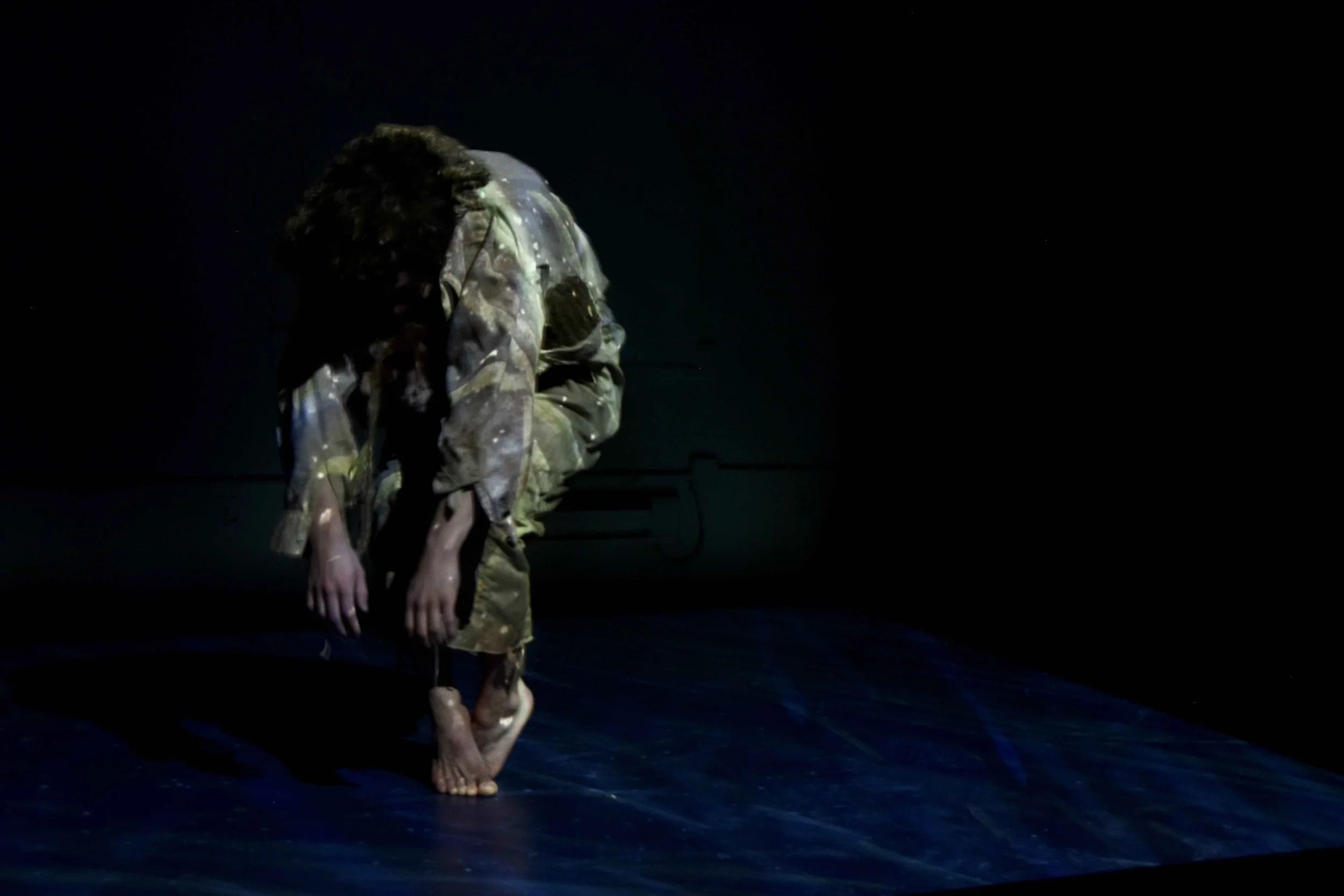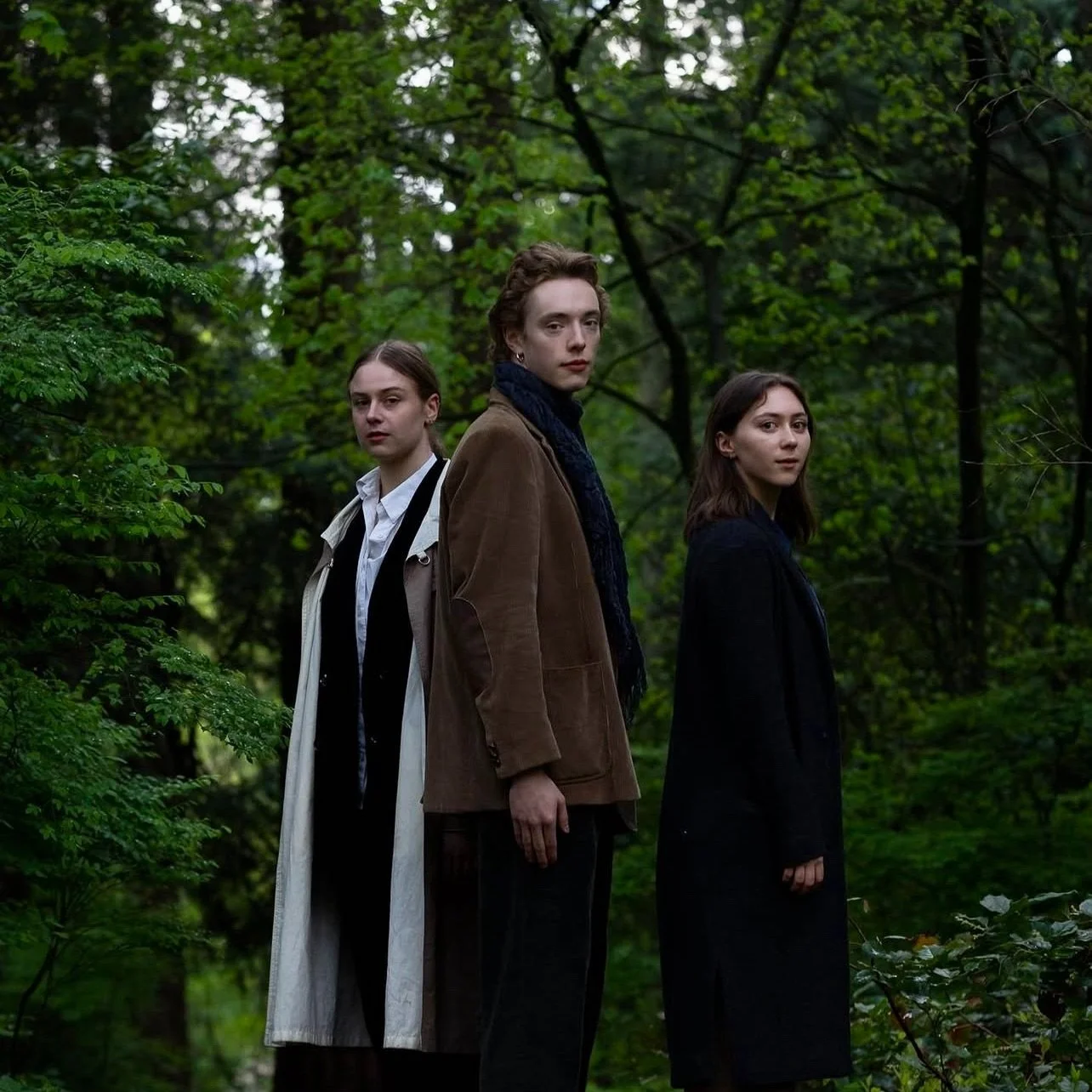Stir Cheat Sheet: 5 things you should know about Dancing at Dusk – A Moment with Pina Bausch’s The Rite of Spring
DanceHouse presents the film that caught a final rehearsal in Senegal before the world went into lockdown
The 38 dancers in Dancing at Dusk hail from 14 African nations. Photo by Pina Bausch Foundation
FEW CHOREOGRAPHERS ARE are as internationally renowned as Pina Bausch, few ballets are as provocative as Igor Stravinsky’s The Rite of Spring, and few locations are as stunning as the Senegal coastline. Put those together, along with 38 dancers from 14 different African nations, and you’ve got Dancing at Dusk – A Moment with Pina Bausch’s The Rite of Spring, The film captures Bausch’s harrowing interpretation of the 1913 ballet performed on a beach near Toubab Dialaw.
Presented by DanceHouse, Dancing at Dusk – A Moment with Pina Bausch’s The Rite of Spring is streaming in Canada only from October 21 to 27.
This rendition of Bausch’s work by filmmaker Florian Heinzen-Ziob is an international coproduction by London’s Sadler’s Wells, Germany’s Pina Bausch Foundation, and Senegal’s École des Sables. Tickets (from $15) are available via DanceHouse.
Here are five things you need to know about the online performance, a project of Montreal’s Danse Danse in collaboration with DanceHouse, Canadian Stage, Harbourfront Centre, the National Arts Centre, and Springboard Performance.
Earlier this year, the dancers from across Africa were rehearsing Bausch’s 1975 work The Rite of Spring at Senegal’s Ecole des Sables, preparing to tour to Dakar, Wuppertal (where Bausch’s company is based), London, Paris, and Amsterdam. On the morning of March 14, they rehearsed as usual; by the afternoon, all public performances had been cancelled because of COVID-19. Filmmaker Heinzen-Ziob, who had been documenting the troupe, had the quick thinking to move to a nearby beach to film the final rehearsal. The result is Dancing at Dusk.
Vaslav Nijinsky choreographed Stravinsky’s dissonant Rite of Spring, which premiered at the Théâtre des Champs-Elysées in Paris on May 29, 1913. Nijinsky, who was considered far ahead of his time, created a ballet of pagan rites and human sacrifice that eschewed classical technique for convulsive, violent gestures. A near riot broke out, with audience members arguing so loudly that dancers couldn’t hear their cues from the orchestra.
When Bausch premiered her rendition, the dancers performed on a stage covered in dirt. In Dancing at Dusk, they are on a vast stretch of sand just outside of Toubab Dialao as the sky shifts from blue to pink to purple. Toubab Dialao is a small fishing village on the Petite-Côte that grew to international prominence with the establishment of Ecole des Sables, a school founded by dancer and choreographer Germaine Acogny.
For the production of Bausch’s Rite of Spring, 135 people attended auditions in Burkina Faso, Ivory Coast and Senegal in December 2019. Sixty-seven dancers then attended an intensive workshop at the École des Sables, during which rehearsal directors decided on the final ensemble of 38 dancers.
Born in Solingen, Phillippine Bausch studied ballet in Essen then trained at Juilliard School in New York, going on to perform with the Metropolitan Opera and Paul Taylor. Under her direction, the Wuppertal Dance Theatre toured Japan, India, and beyond. She became known for avant-garde dance theatre that incorporated speech and fantastical sets.













